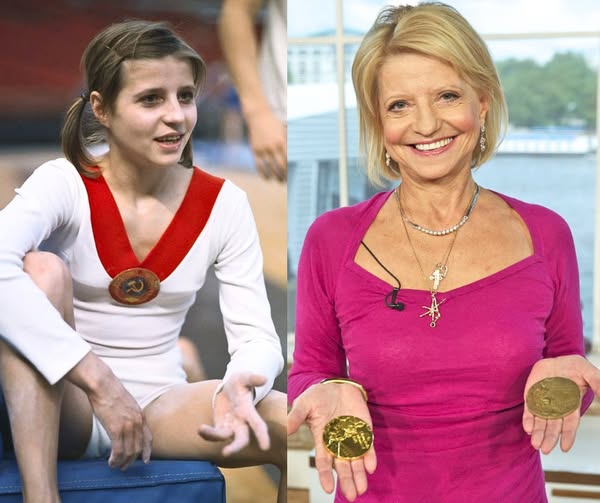
In Munich, 1972, a whisper became a roar. Olga Korbut—just 17, slight as a breeze, yet fierce as a flame—stood on the uneven bars and did the unthinkable. In front of a breathless global audience, she launched into a standing backflip atop the high bar—a move never seen before, a move the code of points hadn’t even imagined.
It wasn’t just that she landed it. It was that she dared. That flip, immortalized as the “Korbut Flip,” didn’t just break gymnastics convention—it broke it open. The sport, once rooted in balletic delicacy, was suddenly alive with danger, risk, and raw emotional energy. And in that moment, a Soviet schoolgirl from Minsk became the spark that redefined women’s gymnastics.
Korbut would go on to win three gold medals and one silver at the 1972 Munich Games, but medals were only a footnote to her legacy. What she offered was something deeper: vulnerability on the mat, joy in motion, tears without shame. “I wasn’t perfect,” she once said, “but I was real.” She returned in 1976, adding another gold and silver to her collection, but by then her revolution had already taken root. Little girls around the world weren’t just dreaming of winning—they were dreaming of flying.
Her influence reverberates in every daring release, every boundary-pushing routine. Without Olga, there might be no Comaneci 10.0, no Biles twisting through space with unapologetic audacity. She didn’t just raise the bar—she made us question where it should even be. Her story reminds us that greatness isn’t always about dominance; sometimes, it’s about disruption. It’s about choosing to leap, knowing the world might never be the same when you land.
